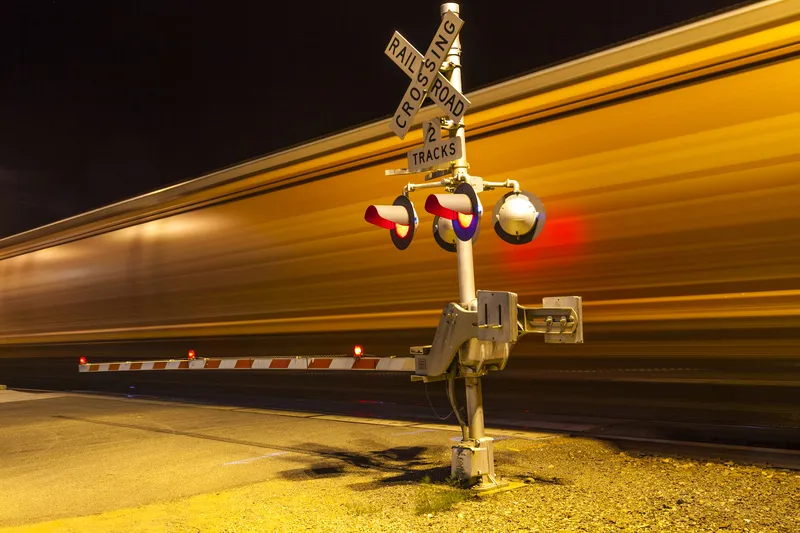
Seoul Robotics has deployed its Lidar-powered traffic signal system in Utah, US.
Installed at the junction of State Street and 5900 South in Murray, Salt Lake City, this is the first intersection in the US where traffic signals are controlled directly by Lidar technology, Seoul Robotics says.
The Utah Department of Transportation (UDoT) wanted advanced sensor technology that can detect, count and track vehicles and other road users under any weather conditions.
The installation is powered by Seoul Robotics' 3D Perception engine, housed in a compact edge device, with Lidar sensors at each corner of the intersection, which create a digital twin which feeds data to optimise traffic flow and reduces congestion.
Local distributor Gades Sales Company has ensured the system is integrated into local infrastructure, while Blue Band's software translates the data from the 3D Perception Engine into signal commands compatible with existing traffic controllers.
Seoul Robotics says the solution "mounts directly onto existing infrastructure without significant road work and infrastructure changes".
Traffic management features include precise stop-bar detection, advanced vehicle detection up to 300 feet from the stop bar, and red-light running. The system has a vehicle counting accuracy of 99.8% at the stop bar, the firm says.
"Since its installation, our Lidar-based traffic management system has consistently demonstrated excellent detection and tracking of objects, ensuring reliable performance across all weather conditions," says Lee Han-bin, CEO of Seoul Robotics.
"This technology not only meets but exceeds the demands of modern traffic systems."
As well as vehicle flow, the system is designed to accurately count and monitor vulnerable road users, such as pedestrians and cyclists at crosswalks and kerbsides.
Seoul Robotics says deep learning and 3D computer vision ensure that all perceived objects are accurately tracked and classified in real time, enhancing safety and traffic flow across multiple road user types.








